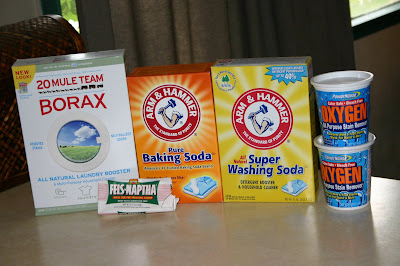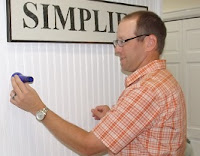My sweet husband gave me a really cool camera for my birthday, and being the girly-girly I am, I felt the need to immediately make a fun camera strap cover for it.
 |
| my cool camera, sans cool camera strap cover :) |
I went to JoAnn Fabric with a handy 40%-off coupon and scrounged through their wall of fabric until I found one that called my name. (My first fabric choice was white with pink polka dots, but I figured Mike wouldn't love using the camera with such feminine flair.)
I love the fabric I picked out - it's a little bohemian - mainly navy blue, with flowers and medallions in oranges, yellows, greens, and light purples. It's a lightweight cotton fabric, and I bought 1/4 yard (though ended up using a little less than half of it). The interfacing gives the final product a nice padding.
Project List:
1/8 yard of lightweight cotton fabric
1/8 yard of fusible fleece interfacing
coordinating thread
sewing machine
scissors or rolling-cutting knife (like a pizza cutter, but for fabric) :)
iron
I didn't have a pattern to make this...I just played around until I figured out what worked best. You may want to read through this whole tutorial before starting, so you'll have a better understanding of what's going on early in the process.
Step 1: wash and dry your fabric, then iron it and cut any rogue strings off the edges:
Step 2: measure the strap that came with your camera - mine was exactly 1-inch wide, and 22-inches long, so I cut my fabric into an approximate 4"x23" rectangle. Then cut the fusible fleece interfacing a smidge smaller (maybe 3.75"x22.75").
Step 3: lay your fabric face-down on a flat surface, and lay the interfacing on the wrong-side of the fabric ("glue" side of the interfacing touching the wrong-side of the fabric). You'll see in the picture on the right that the fabric is a little larger than the interfacing - this is correct :)
Step 4: iron the interfacing to the wrong side of the fabric. The heat from the iron "glues" the interfacing and fabric together.
The fusible fleece interfacing should come with directions on how hot to set your iron.
Step 5: Fold the short-edges over a smidge, iron them (makes it easier to sew) and then sew along the short edges with a 1/4" seam allowance. This will keep the folded edge under and make a nice finished edge.
Step 6: fold the fabric rectangle in half, length-wise, and pin along the long-edge. Then sew along the long-edge with a 1/2" seam allowance, creating a long-tube, leaving both ends open.
I chose to cut some of the extra fabric away from the long-edge with pinking shears, which will keep it from fraying and make it less bulky, and therefore easier to turn inside out.
Step 7: I don't have a picture of this, but now it's time to turn this tube inside-out. I suggest pinning a large safety pin to one end of the tube, and push it up into the middle of the tube. Keep working the safety pin up into the tube until it's complete inside out, and the right side of the fabric is on the outside. Remove the safety pin. Then flatten the tube so the seam runs right down the middle, and iron flat. (the seam will be on the inside of the strap, so will sit against the back of your neck when using your camera.
Step 8: slip the cover onto the current camera strap, and you're all done!!
Approximate cost for this project was less than $5 for the fabric and interfacing, since I already had coordinating thread!
What fabric projects have you made lately?




















































